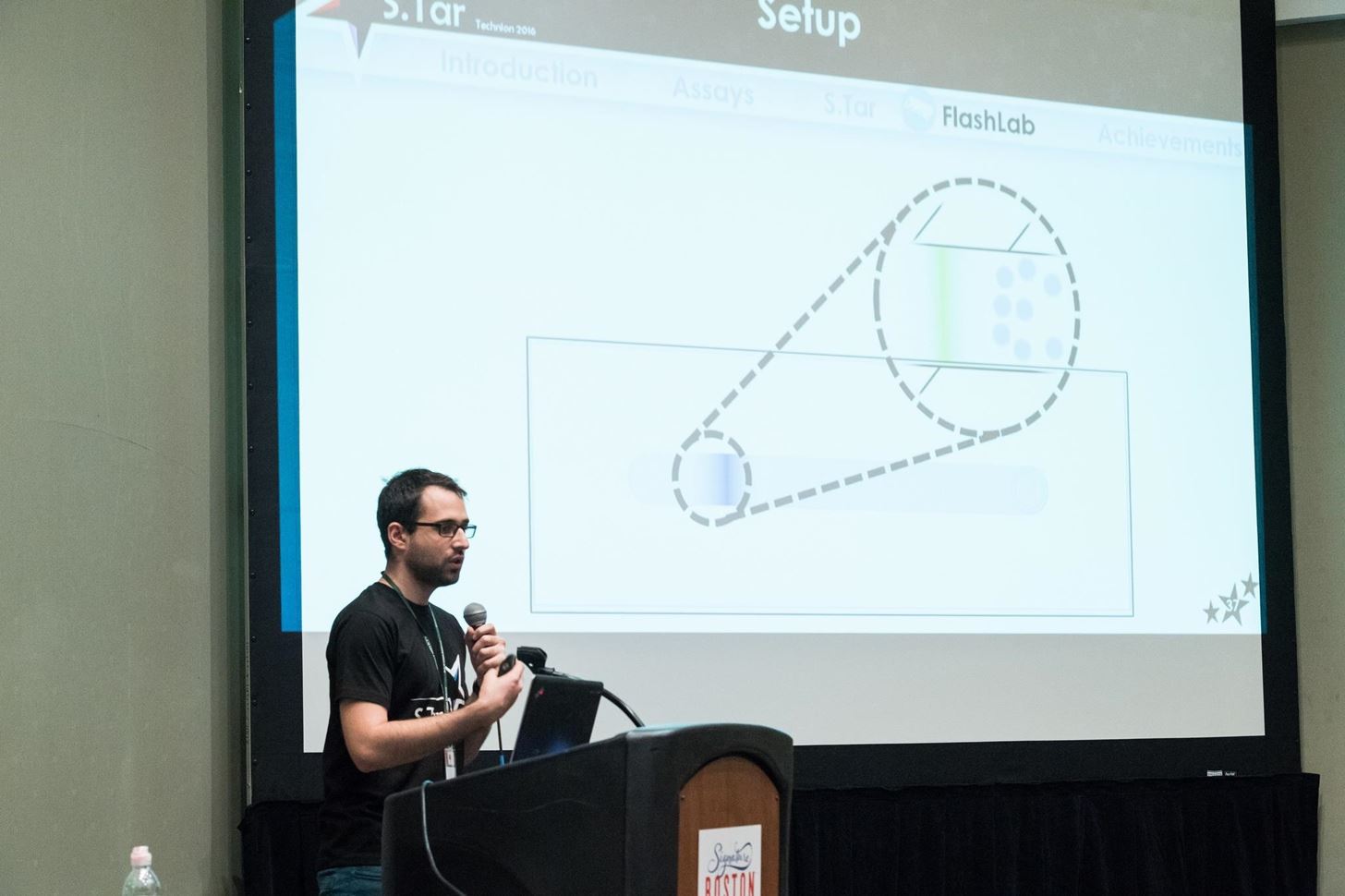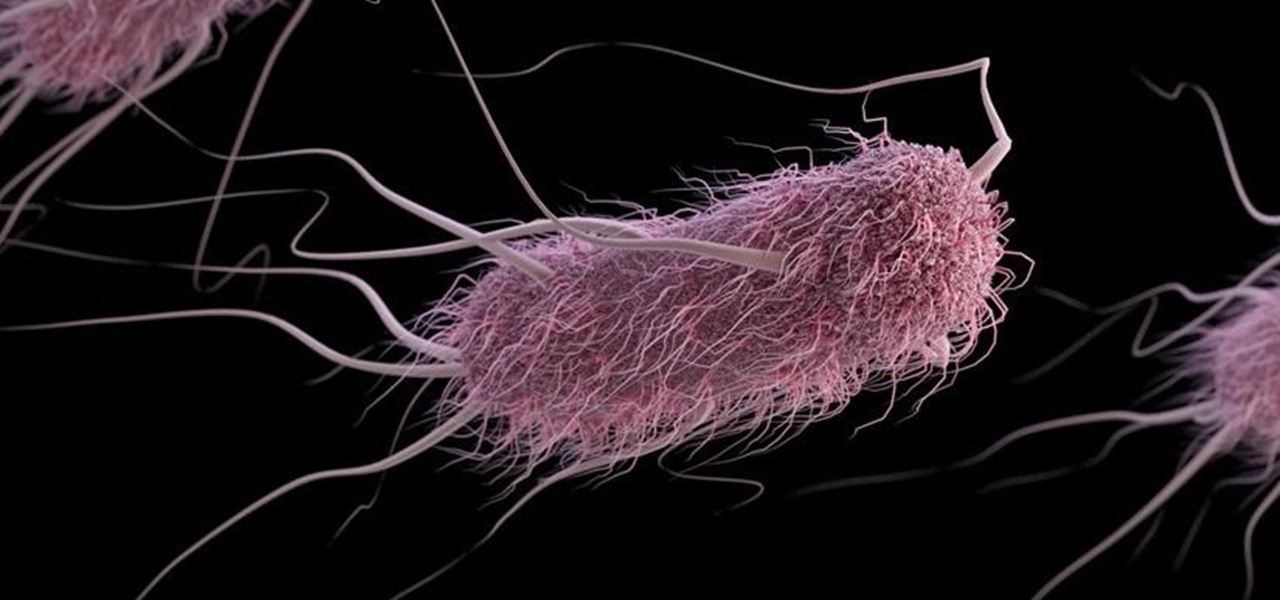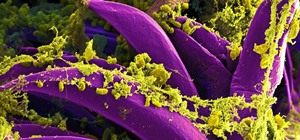A gold-medal winning entry into the iGEM synthetic biology competition could change the way we look at Esherichia coli, the bacteria better known as E. coli.
Often the culprit in food-borne disease outbreaks, E. coli is rarely congratulated for its good work. Recently, students on Team Technion, from the Israel Institute of Technology, turned the tables on bacterial bad press by creating a version of E. coli that can be used to detect heavy metals, antihistamines, or different types of solvents.
Synthetic biology is an interdisciplinary field that attracts engineers, scientists, and those interested in molecular biology, computer, genetic, and bio-engineering, among other fields.
The definition of synthetic biology itself is fluid, depending on its application. Synthetic biologists design and create life-inspired compounds, materials, and products that do not currently exist in nature, and also redesign currently existing molecular systems.
Team Competitions Drive Innovation
In many fields of study, team competitions help students of all ages learn important collaborative, technical, leadership, and professional skills. Oftentimes, these competitions include design, fundraising, planning and management, competition, safety, and scientific presentation components.

Science, technology, engineering, and mathematics (sometimes referred to as STEM) competitions like FIRST Robotics and those from the Technology Student Association offer middle and high school students world-class challenge and opportunity.
In synthetic biology, the International Genetically Engineered Machine (iGEM) Foundation runs programs and an annual global competition focused on undergraduate students in order to advance understanding and innovation in synthetic biology.
From January through November, iGEM teams brainstorm and build novel molecular systems using standardized genetic parts called BioBricks. Something like a Lego building block, BioBricks are interchangeable, uniform sequences of DNA used to create other molecular combinations or systems.

In 2016, Team Technion used the standardized BioBricks parts to develop a process to manipulate the chemical receptors of bacteria, in this case, E. coli. In the lower intestine, E. coli lives a benign existence. When poor hygiene or other misfortune contaminates surfaces or food with the bacteria, it can cause illness of many kinds.
Bacteria, like E. coli, navigate their surroundings partially through the use of chemoreceptors which have a region that senses attractive or unattractive materials or compounds. The bacteria move in one direction or the other in response to the stimulant. This increases or decreases the number of bacteria in a certain place. The process is called chemotaxis.
The 13-member Technion team developed Project Super Tar, which manipulates the chemoreceptor molecule called "Tar" on E. coli. By altering the receptors and sensing area of the bacteria, team members were able to demonstrate that E. coli moves toward, or away, from stimulants chosen by the team.

The team put this novel engineering to use in a small FlashLab. By altering the bacteria to recognize a substance, like hormones, organic compounds, or heavy metals, the engineered E. coli will move toward the compound, registering a response on the test strip. If the compound is not present, the bacteria does not move and does not register a response.
In principle we can detect heavy metals, organic solvents, and other things. The chips can be taken to the field and within 30 minutes you have a yes/no answer for a substance. It's like a pregnancy test.
Currently, chemical tests that evaluate for some of these materials are toxic. In a practical sense, if the Technion project were developed, refined, and commercially produced, a 30-minute test strip is an environmentally friendly and efficient method to determine the presence of certain chemicals and compounds.

For their research, presentation, and work turning E. Coli into a disease detective, the Technion team was awarded a gold medal at the October 2016 Giant Jamboree held in Boston. More than 300 teams and 5,600 participants from 42 countries shared their work over five days of presentations, workshops, poster sessions, and more.
In many fields, creativity is a byproduct of collaborative work. When iGEM and other teams create unique solutions or helpful new biological processes, we all win.
Just updated your iPhone? You'll find new emoji, enhanced security, podcast transcripts, Apple Cash virtual numbers, and other useful features. There are even new additions hidden within Safari. Find out what's new and changed on your iPhone with the iOS 17.4 update.






























Be the First to Comment
Share Your Thoughts